West Coast Birding Yields Big Surprises – (Warning: May Contain Traces of Bateleur)
Megan and myself were lucky enough to be spending this Sunday with the Hardakers, whom I hadn’t had the pleasure of birding with properly since our last twitch of the Marabou Stork in 2013. The original plan was for us to head out on Saturday and target the Antarctic Terns in Jacobs Bay, and the Lesser Sand Plovers at the Geelbek hide in the West Coast National Park. Saturday was however the day of my sister’s wedding and our trip was postponed to Sunday.
Off to a Dark Start
After meeting up with Trevor and Margaret in Parklands at 07:30, we began our travels north towards the West Coast. Weather conditions were far less than ideal starting out, with thick cloud and even light rain present along much of our initial journey. Despite the rain, we managed to get a sighting of the resident Martial Eagle on a pylon off to the side of the road. Although the views were distant, it was an easy special lifer for Megan and one really can never see too many Martial Eagles. We grabbed breakfast nearby before hitting the road again, and while our first real target was the Antarctic Terns, Trevor and Margaret wanted to help me in getting a few more ticks for my list and so we headed to some of the nearby farmlands.
The West Coast is an area I have never really explored before, with all my visits being restricted to the West Coast National Park. Trevor had asked me a day before for a list of which species I still needed in the area, and because of my lack of exploration there were still quite a few, including Southern Black Korhaan, Penduline Tit and African Rail.
On Route to Jacobs Bay
Once in the farmlands we got some great views of Ant Eating Chats, my first lifer for the day and an easy tick. While photographing the Chats, we also heard a Southern Black Korhaan calling from a distance — though we failed to get views on the bird.
We then drove on towards Jacobs Bay, a small town somewhat similar in feeling to that of Betty’s Bay, with several small houses along the coast. We walked down to the Tern roosts, but initially we only got sightings of Swift Terns. It wasn’t long however, before a couple of Antarctic Terns showed up and perched on the rocks next to the Swifts. Lighting at this time was still horrible with thick clouds remaining prevalent and requiring ISOs near the 800-1600 range. It was however another lifer for both myself and Megan, and another sense of accomplishment for the day.




After getting back into the car, the conversation then focused on a bird that Megan had seen near Steenbras River Mouth a few days prior. According to her, the diagnostic features included “dodgy wiggly lines above and below the eye”. After much debate, we finally settled that in all likelihood it was merely a Cape Robin.
While exiting Jacobs Bay Trevor pointed out a Grey Winged Francolin just next to the road. Megan still needed the bird for her life list and despite Grey Winged Francolins tendencies to hide in the bush, these guys were extremely responsive and before we knew it we had about 8 birds coming to within feet of us, seemingly with no sense of fear, allowing for some great photographic opportunities.



Birding the West Coast Farmlands
Once we had left Jacobs Bay, we did some birding along the farmlands just outside of the town where we targeted the Cape Long-Billed Lark, a rather special and often elusive bird that tends to be camera shy. We had stopped off in order for me to get some views of the Sickle-Winged Chats along the roadside, another lifer for me! But it wasn’t long before Trevor had picked one up a Long-Billed Lark in fairly close proximity. We spent quite some time viewing this rather friendly individual, who would walk up and down the stretch of grass and rock on the other side of the fence, before taking flight and diving back down and repeating its exercise.



Other bird life remained quite abundant in the area, with several Lesser Double Collared Sunbirds, one of which had me think for a second it may be a Greater, until my brain fell back into place and realized that it was in the opposite direction of the province where I had seen them previously. It renewed a realization I had made before too. Within birding, your accuracy and knowledge, like many things in life is highly dependent on remaining current. That is to say, it’s easy to forget or confuse information on species if you go without seeing them for extended periods. This was later confirmed when I wasn’t even able to ID a Curlew Sandpiper (it’s been over a year without waders).
We managed to get a single view of a Karoo Lark as it flew up a single time before hiding in the bushes without showing itself again, views that weren’t good enough to allow for the tick. While all this was going on Megan was side-tracked by the carcass of a lamb along the roadside and the collection of skeletal remains was keeping her happy, as a collector of such things.
The Wonders of Kuifkofvisvanger
It was then on to Kuifkopvisvanger Farm, owned by a friend of Trevor and Margaret. The target here would be the Chestnut-Banded Plovers. Neither myself nor Megan had ever seen them before and the farm is a reliable location to get great views. While passing through the farm towards the pans where the birds are located we came across a beautiful adult African Fish Eagle, perched alongside the farm road, one of only few adult birds I’ve actually come across.
The pans of water played host to a number of species, including both Lesser and Greater Flamingos, Curlew Sandpiper, Little Stint, Black-Necked Grebe, Pied Avocets and much more.
We continued to drive around the pans, with Megan ticking plenty of species along the way.








What The Hell Was That?!
Shortly after closing the gates to the pans and getting back onto the main farm road, we stopped to get some photos of a couple of beautiful Cape Longclaws on the side of the path. While doing so, we noticed a couple of crows mobbing a raptor in the distance. Due to the distance and light, the initial assumption was Jackal Buzzard, probably a young individual. Though it wasn’t seconds later before we began to debate the possibilities. I had just looked down at my camera and zoomed in to try confirm ID when Trevor said “It didn’t really look like a Jackal Buzzard though”, Margaret agreed and braved to speak what I was thinking at that exact same second, “Looked a bit like a young Bateleur actually…”
“Don’t even go there…”, replied Trevor immediately.
The Bateleur has been one hell of a bogey bird for Trevor with regards to his Western Cape list, and he was obviously very hesitant to get ahead of himself. It’s easier to pass it off as the more likely scenario and be pleasantly surprised later than it is to get excited and be let down in the end, especially with a bird of this caliber.
Both our images didn’t show enough detail to make a confirmed ID at that time and would need to be touched up in photoshop a bit, but I was certain it wasn’t a Jackal Buzzard, which only left a few interesting options. From that point I couldn’t really think about any other birds, and spent the rest of the drive towards the West Coast National Park zoomed in on my camera, even connecting the wifi to my phone to try and see if I couldn’t do some mobile post-processing.

Between Margaret in the front and me in the back, both staring into camera LCDs intently for a period of time, the discussions revolved around what the possibilities are and trying to rule out and narrow down the ID. While I am far from a birding expert, I have an extremely keen interest in raptors and I knew this wasn’t a bird I had seen before. The most telling part of the bird from my image was the tail, the way it was triangle shaped and short, and the way the legs of the bird cut down the middle of the tail — something I’ve often noted in Bateleur images. This in combination with the colouration of the flight feathers just kept pointing me to Bateleur, this wasn’t no Buzzard, that’s for sure. My adrenalin was running high for the entirety of the remainder of the day.
After getting home and brightening up our images, we were able to confirm the bird as a young Bateleur. A bird that has only been seen in the Western Cape a handful of times and one of the closest sightings to Cape Town on record.
It was truly amazing to be able to share in a new species with two people who only get to tick a new provincial bird every one in a while. And I guess that I should thank my sister for getting married, or else this bird would likely never have been seen.



Another Regional Rarity – What a Beaut!
Due to reserved excitement at the time, not yet sure what it was at that point — we headed towards the West Coast National Park. On route Trevor noticed a bird flying to the right of the road and quickly suggested the potential for it to be a Black-Chested Snake Eagle. We stopped alongside the busy road for better views, firing off a few shots with our cameras. It wasn’t long until the bird banked and showed us that it was indeed as expected, a beautiful Black-Chested Snake Eagle in moult.


My only previous sighting had been with an immature bird near Klipheuwel a few years back, though the views then weren’t nearly as good as they were with this individual.
We quickly got back in the car and rushed in the direction in which he was heading, allowing us to get ahead of it and for it to come towards us. It gave us one great pass as it turned its under wings towards the now abundant sunshine. The Black Chested Snake Eagle is one of my favourite raptors with the expensive white colouring, and what an amazing sighting to get on already great day.
Into The West Coast National Park
After grabbing some lunch from a nearby Steers, we passed through Langebaan and into the West Coast National Park. Our primary target here of course, were the Lesser Sand Plovers which had been seen at the Geelbek hide over the course of a couple weeks. It wasn’t long before they were picked up and despite not being the best photographic subjects on the day, gave us very reasonable views and both Megan and myself got to tick another species. There wasn’t much other activity apart from some Caspian Terns, Flamingos and a single Common Whimbrel.




Back on the road, we managed to get some great views of several Penduline Tits within the park, while on route to the Abrahamskraal hide to look for the rail. We stopped along the line of trees leading to the restaurant and managed to get sightings of Lesser Honeyguide as well as Cardinal Woodpeckers.



Our final stop for the day was the Abrahamskraal where we tried, without luck to see the African Rail. Other birds in this area including several Black Crake and South African Shelduck.
Just outside of the bird, we finally managed to get some good views on the Southern Black Korhaan, with both a male and female present just off the side of the road along the West Coast Road.
In conclusion, it’s been a long time since I’ve managed to tick off almost 10 new species within a single day. And who would have thought that leaving town on a cold and rainy Sunday, that we’d return to bright sunshine and 3 rarities in our pocket. I get to add the Bateleur to the list of Western Cape raptor rarities I’ve managed to collect over the past 4 years, which now includes: Bateleur, Long-Crested Eagle, Tawny Eagle and Black-Chested Snake Eagle.
Thanks so much to Trevor and Margaret for inviting us along and for sharing in a day of amazing birds, knowledge and great company.
Here’s my count of what we managed to amass during the day (86 species):
| Greater Flamingo | Lesser Flamingo | White Breasted Cormorant | Crowned Cormorant |
| Cape Cormorant | African Darter | African Spoonbill | Sacred Ibis |
| Glossy Ibis | Hadeda Ibis | Black Headed Heron | Cattle Egret |
| Little Egret | Black Necked Grebe | Little Grebe | Cape Teal |
| Egyptian Goose | South African Shelduck | Martial Eagle | Bateleur |
| Black Chested Snake Eagle | Black Shouldered Kite | Jackal Buzzard | Rock Kestrel |
| Grey Winged Francolin | Common Ostrich | Helmeted Guinea Fowl | Red-Knobbed Coot |
| Black Crake | Southern Black Korhaan | Black Winged Stilt | Pied Avocet |
| African Black Oystercatcher | Crowned Lapwing | Blacksmith Lapwing | Lesser Sand Plover |
| Kittlitz’s Plover | White Fronted Plover | Chestnut-Banded Plover | Three-Banded Plover |
| Common Whimbrel | Curlew Sandpiper | Little Stint | Kelp Gull |
| Hartlaub’s Gull | Caspian Tern | Swift Tern | Antarctic Tern |
| Speckled Pigeon | Cape Turtle Dove | Namaqua Dove | Feral Pigeon |
| White Backed Mousebird | Pied Kingfisher | African Hoopoe | Lesser Honeyguide |
| Cardinal Woodpecker | Red-Capped Lark | Cape Long-Billed Lark | Karoo Lark |
| Rock Martin | Cape Weaver | Pied Crow | Red Bishop |
| Cape Bulbul | Cape Penduline Tit | Cape Robin | Sickle-Winged Chat |
| Ant Eating Chat | Capped Wheatear | African Stonechat | Karoo Scrub Robin |
| Grey Backed Cisticola | Karoo Prinia | Long-Billed Crombec | Lesser Swamp Warbler |
| Bar-Throated Apalis | Common Starling | Pied Starling | Common Fiscal |
| Cape Wagtail | Cape Longclaw | Bokmakierie | Lesser Double Collared Sunbird |
| Cape Sparrow | Yellow Canary | Cape Canary |
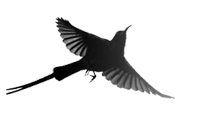
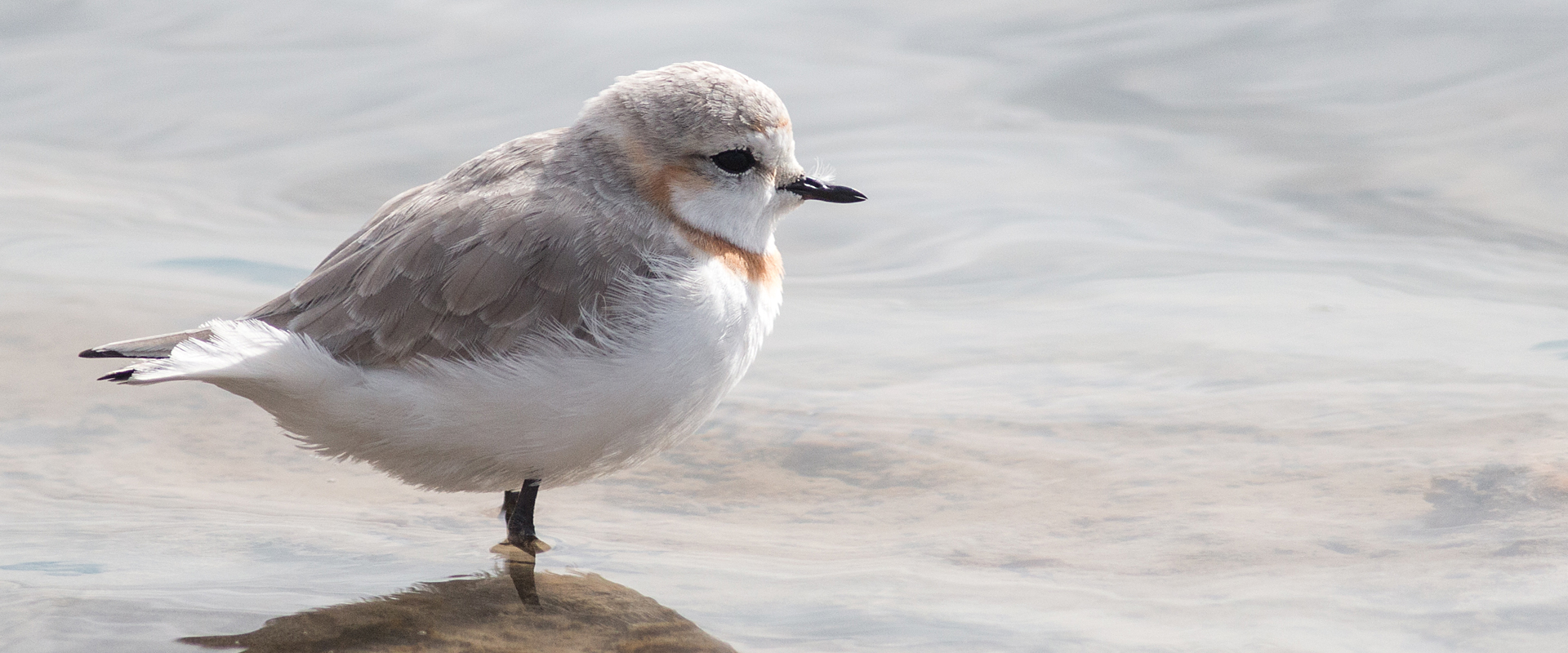
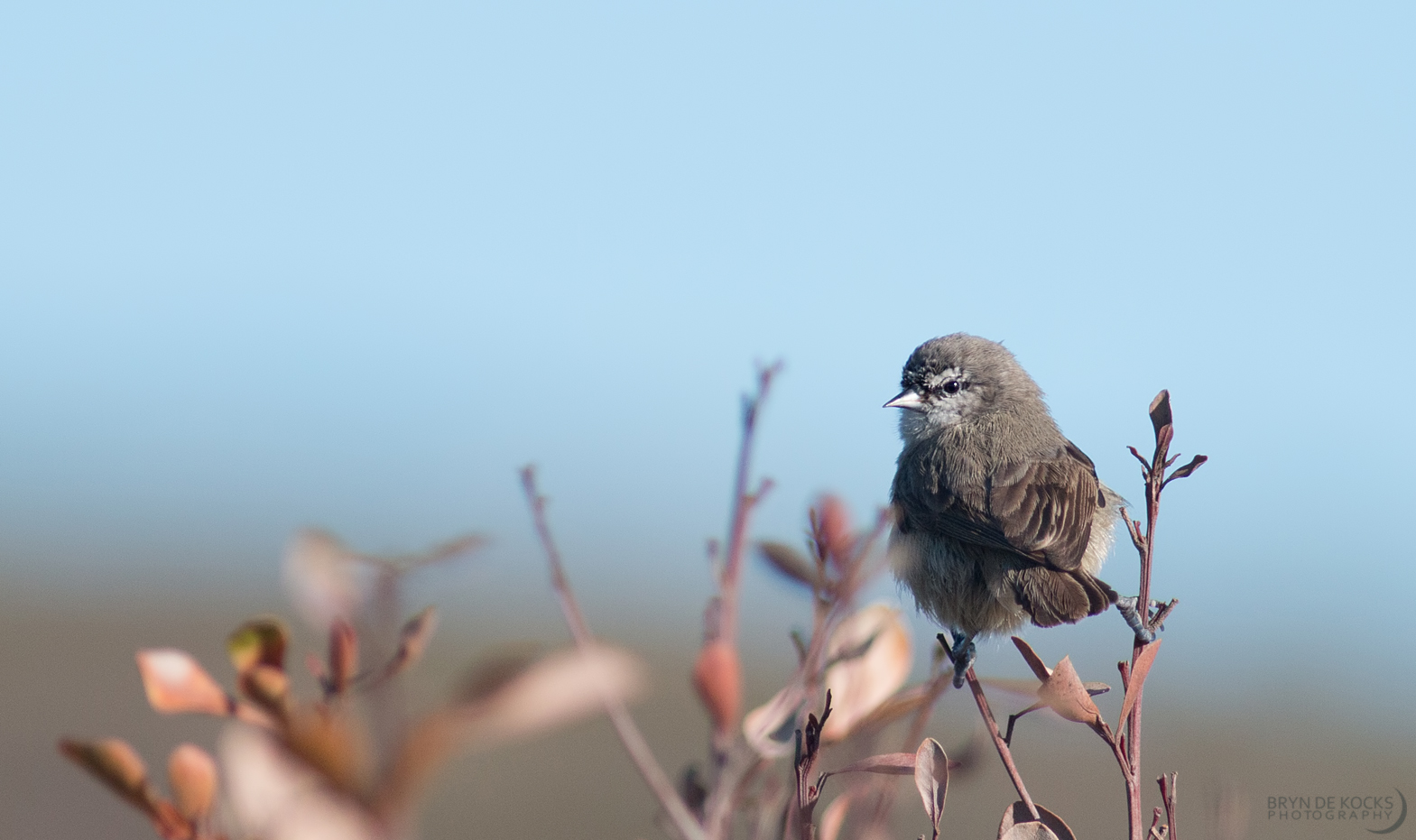

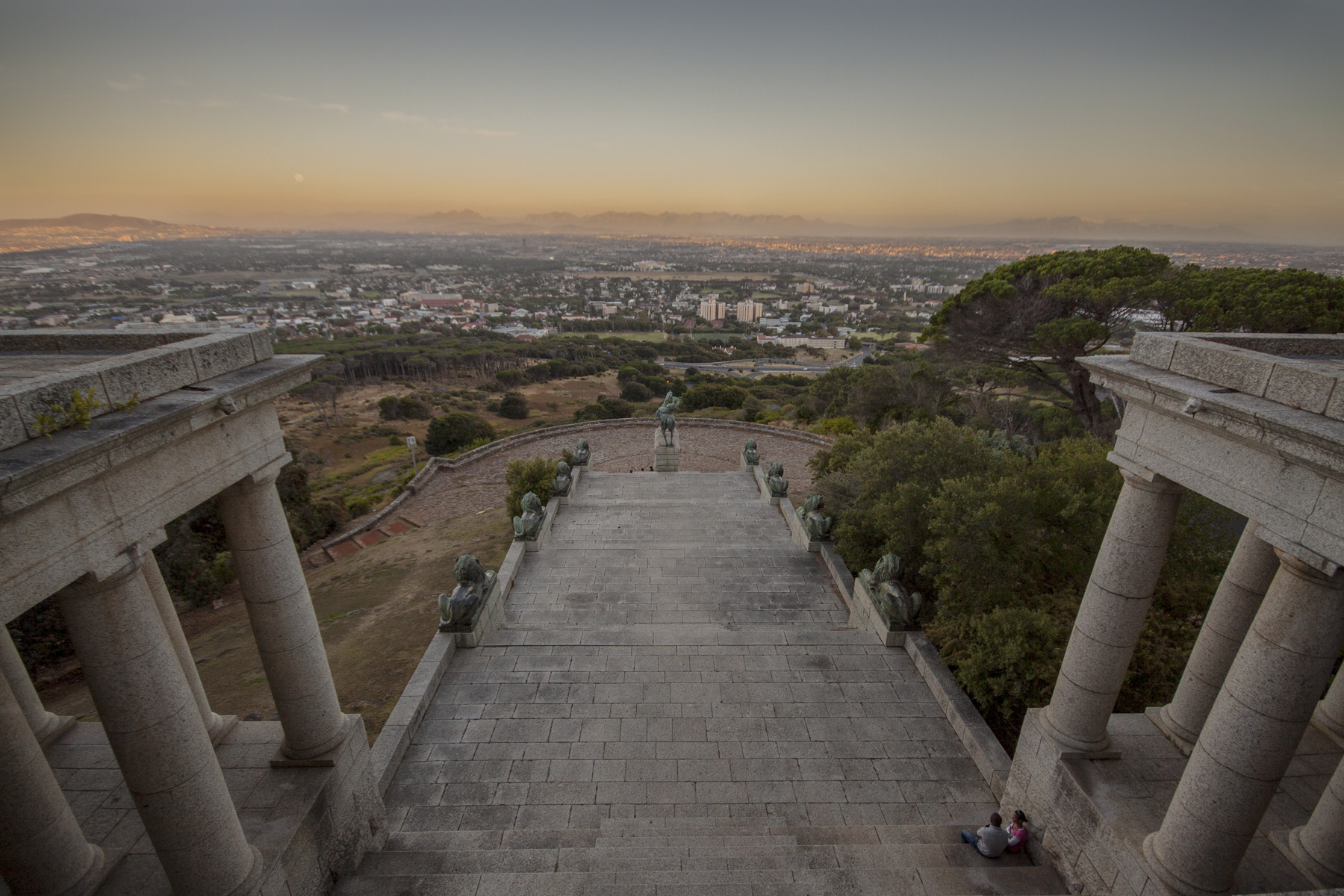

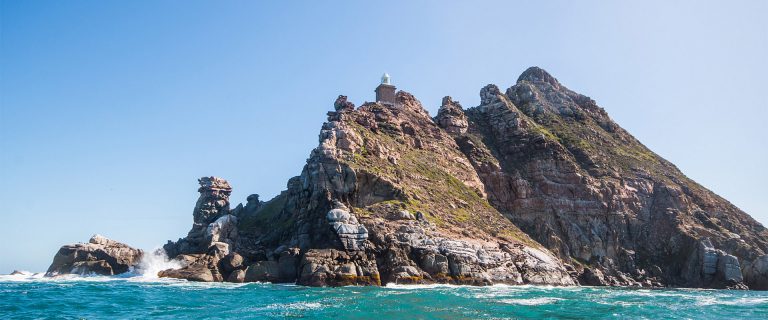

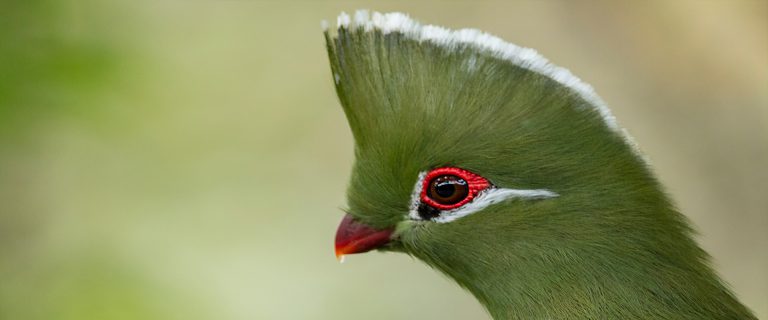

Excellent article
I am not convinced about the Bateleur
Well done
Thanks for your comment Paul.
For interest sake though. Interested to hear what objections you have against the Bateleur ID? (Which has been confirmed by experts and included in the rare bird alert).
It is quite easy to confirm the ID from that image though, given that there aren’t really any other birds with the diagnostics visible in the image. There were also other images of the same bird taken by another individual last month near the area to confirm ID.
What are your thoughts on the ID and the reasons? Interested to hear 🙂